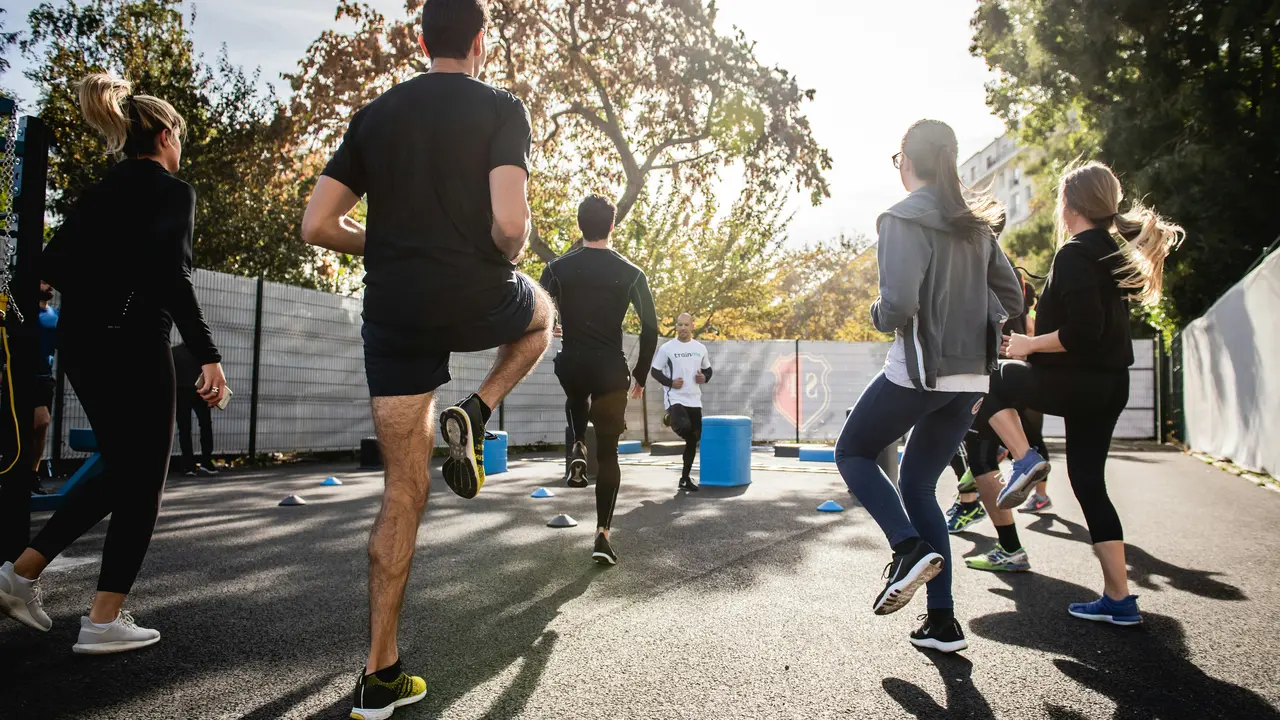Have you ever wondered, “is running a good leg workout?” If you’re curious about whether this popular exercise can help you build strong legs, you’ve come to the right place. In this article, we will explore the benefits of running for leg strength, compare it to other leg workouts, and uncover tips to maximize your leg training. Let’s dive into the truth about running and its impact on your leg muscles!
Understanding the Benefits of Running as a Leg Workout
Muscle Engagement While Running
When considering whether is running a good leg workout, it’s essential to understand which muscles are engaged during the activity. Running predominantly works:
- Quadriceps: The front thigh muscles, crucial for knee extension.
- Hamstrings: Located at the back of the thigh, important for knee flexion.
- Calves: The muscles at the back of the lower leg, vital for push-off and stability.
- Glutes: The buttocks muscles, contributing to hip extension and stabilization.
This combination of muscle engagement makes running an effective workout for building overall leg strength and endurance.
Cardiovascular and Muscular Benefits
One of the primary advantages of running is its ability to improve cardiovascular health while also strengthening leg muscles. This dual benefit is a key factor in asking: is running a good leg workout? Here’s how it works:
- Cardiovascular Health: Running increases heart rate and improves circulation, which can enhance overall endurance.
- Muscle Tone: Regular running can lead to toned muscles due to the repetitive nature of the activity.
- Fat Loss: Running is effective for burning calories, which can help in fat loss and muscle definition.
Comparing Running to Other Leg Workouts
Resistance Training vs. Running
While running offers many benefits, it’s important to consider how it stacks up against traditional leg workouts such as resistance training. Here are some comparisons to think about when determining if is running a good leg workout:
- Strength Gains: Resistance training is typically more effective at building muscle mass compared to running.
- Endurance: Running excels at improving cardiovascular endurance, making it beneficial for athletes in endurance sports.
- Joint Impact: Running can put more strain on joints, while resistance training can be adjusted for lower impact.
Incorporating Variety into Your Routine
To maximize the benefits of any fitness regimen, including running, it’s advantageous to include a variety of workouts. By doing so, you can ensure balanced muscle development and prevent overuse injuries. Here are some ways to vary your leg workouts:
- Interval Training: Incorporate short bursts of high intensity followed by recovery periods for improved strength and speed.
- Hill Workouts: Running uphill can significantly increase the intensity and effectiveness of leg training.
- Cross-Training: Engage in cycling, swimming, or resistance training on alternate days to target different muscle groups.
Tips for Maximizing Your Leg Workout with Running
Proper Running Form
To truly benefit from running as a leg workout, it’s crucial to adopt the right form. Good running mechanics can help you prevent injuries and improve efficiency. Focus on:
- Keeping a straight posture, with shoulders back and relaxed.
- Landing mid-foot rather than on your heels.
- Maintaining a consistent and controlled stride length.
Boosting Intensity and Duration
Another essential factor in assessing whether is running a good leg workout is the intensity and duration of your sessions. To get the most out of your runs:
- Gradually increase your distance each week to build endurance.
- Add speed work, such as sprints or fartlek training, to challenge your muscles.
- Include a proper warm-up and cool-down to promote recovery.
Common Misconceptions About Running and Leg Strength
The Myth of Running and Muscle Loss
One common concern is that running can lead to muscle loss instead of development. However, this is often not the case. When combined with proper nutrition and strength training, running can enhance muscle tone rather than diminish it. It’s essential to fuel your body adequately to maintain muscle mass.
Addressing Joint Pain and Injury Risks
While some people believe that running is harsh on the joints, this is not universally true. With the correct running techniques and adequate support (like proper footwear), many can enjoy running without excessive joint strain. Incorporating rest days and listening to your body can further minimize the risk of injury.
Conclusion
So, is running a good leg workout? The evidence suggests that it can be an effective way to strengthen your legs and improve overall health when performed correctly. By combining running with other forms of exercise and maintaining good form, you can enhance your muscle tone and endurance. So why not lace up your running shoes today and hit the trail? If you’re interested in more fitness tips, be sure to check out our other articles!
Workout – Recent Articles
- Should You Drink Coffee Before a Workout? Find Out Now!
- Should I Drink Coffee Before Workout? Discover the Benefits!
- Does Pre Workout Burn Fat? Unlock Your Fitness Potential!
- Can You Take Pre Workout and Creatine? Find Out Now!
- Unlocking Speed: What Is a Tempo Run Workout?
Workout – Useful Links
- CDC – Steps for Getting Started With Physical Activity
- Mayo Clinic – Fitness program: 5 steps to get started
- Healthline – How to Start Exercising: A Beginner’s Guide to Working Out
- Verywell Fit – Strength Training: A Beginner’s Guide to Getting Stronger
- ACE Fitness – Sticking to an Exercise Program: 25 Tips to Achieve Exercise Success
